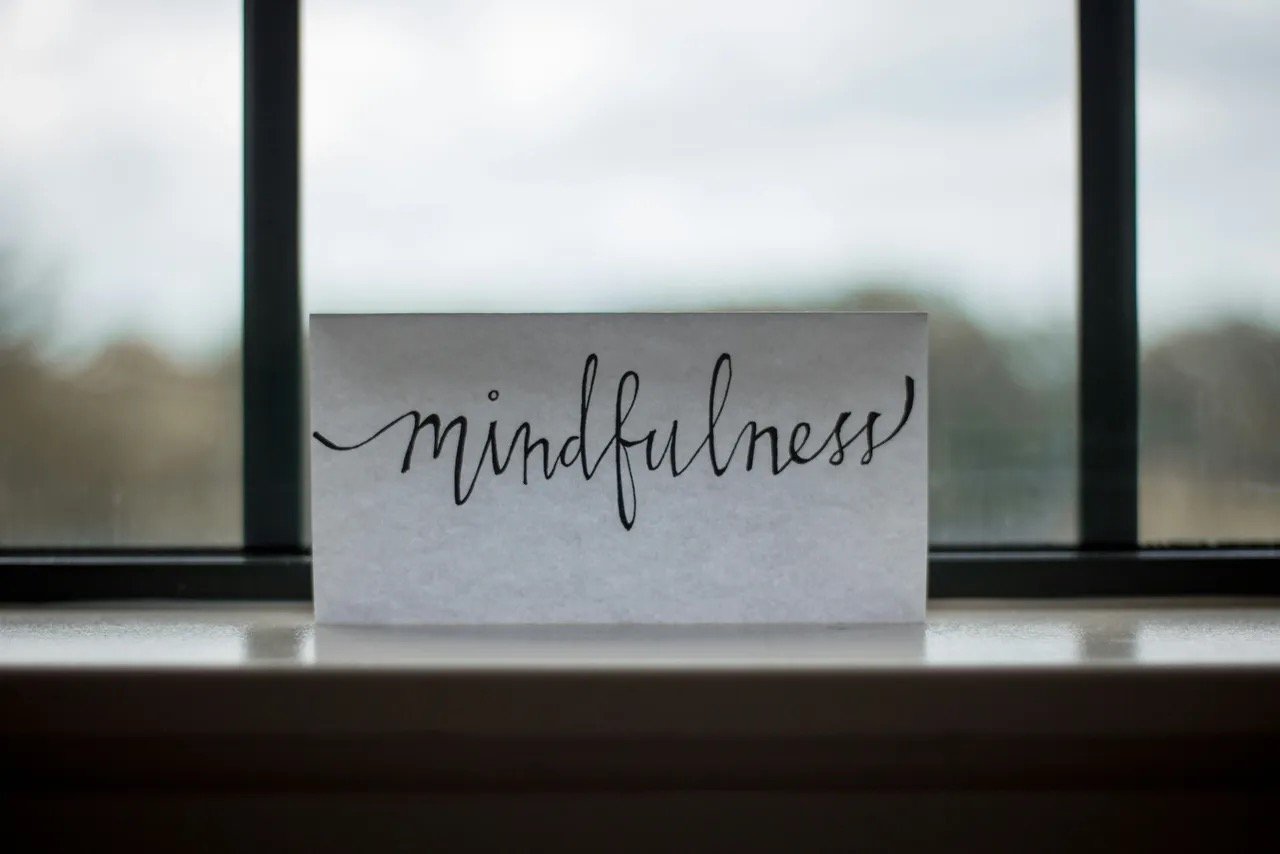What's the Real Deal with Mindfulness?
Mindfulness…It’s one of those words you see everywhere these days, from wellness blogs to meditation apps. But what does it actually mean, and why are so many people talking about it? Simply put, mindfulness is a powerful tool that helps us slow down, breathe, and connect with the present moment. Let’s break down what mindfulness is, how it can help with everything from stress to mood swings, and how you can get started.
What Exactly Is Mindfulness?
In the simplest terms, mindfulness is the practice of paying attention to what’s happening right now. It’s not about clearing your mind completely or reaching some blissful state (that would be meditation). Instead, mindfulness is about awareness…noticing your thoughts, feelings, and surroundings with openness and curiosity. When you’re being mindful, you’re fully here in the moment, and that can help you feel calmer, more focused, and less overwhelmed.
Why Bother with Mindfulness?
You might be wondering, "Why should I even try this?" Fair question! Practicing mindfulness can be a game-changer for a few big reasons:
Stress Relief: We all deal with stress, but mindfulness helps us approach it differently. Instead of letting stress take over, mindfulness gives us a chance to pause and respond calmly.
Anxiety and Depression: Mindfulness helps you manage anxiety by reducing overthinking and shifting focus from "what if" scenarios to the present moment. It's also been shown to help with symptoms of depression by promoting acceptance and reducing rumination.
Improved Focus: Whether you’re trying to stay on task at work or enjoy a conversation without zoning out, mindfulness can boost productivity by training your brain to stay in the moment.
Emotional Regulation: With mindfulness, you learn to observe and name emotions without being overwhelmed by them. This can help you respond thoughtfully in challenging situations.
Mindfulness Basics: Key Skills to Practice
Mindfulness isn’t a one-size-fits-all activity. It’s actually a mix of different skills that, when practiced together, help you live more fully in each moment. Here’s a closer look at the main components of mindfulness:
1. Focused Attention
Focused attention is all about strengthening your concentration muscle by zeroing in on one point of focus—like your breath or the feel of your feet on the ground. Whenever your mind wanders (and it will!), the goal is to gently bring it back to that focus point. The more you practice, the stronger this skill becomes, which can pay off in everyday tasks like studying or staying on task at work.
2. Body Awareness
Body awareness is the practice of tuning in to the sensations in your body—whether it’s the rhythm of your breath, the feel of your hands, or the weight of your feet. This helps you stay grounded in the present moment. If you have health anxiety or hypersensitivity to bodily sensations, this practice can sometimes feel uncomfortable. The key is to approach it gradually and with a non-judgmental attitude, allowing yourself to simply observe what’s there without analyzing or interpreting.
3. Acceptance and Non-Judgment
Acceptance in mindfulness means observing your thoughts and emotions without assigning labels like “good” or “bad.” It’s about giving yourself permission to experience emotions without needing to change them or judge them. By practicing acceptance, you create space for emotions to pass without getting stuck in them.
4. Self-Compassion
Mindfulness isn’t just about observation—it’s also about treating yourself kindly. Self-compassion means responding to your own struggles with warmth and understanding, instead of harsh self-criticism. With self-compassion, you can face challenges with resilience and patience, especially in tough times.
Getting Started with Mindfulness
You don’t need any special equipment to begin practicing mindfulness. Start small—five minutes a day can make a difference. For instance, you can start with a few mindful breaths in the morning or do a quick body scan before bed. There are plenty of apps and resources to help you get started. A favorite of mine is the Insight Timer app, which offers guided mindfulness exercises for all experience levels.
Ready to Dive into Mindfulness?
If you’re curious about mindfulness or need support managing stress, anxiety, or mood challenges, I’m here to help. At Graceful Mind Therapy, we offer a compassionate approach that includes tools like mindfulness to support your journey. Reach out if you’re ready to create more peace, presence, and resilience in your life—one mindful step at a time.
by Maria Perdomo-Torres, LCSW-S, MHA, CFSW



